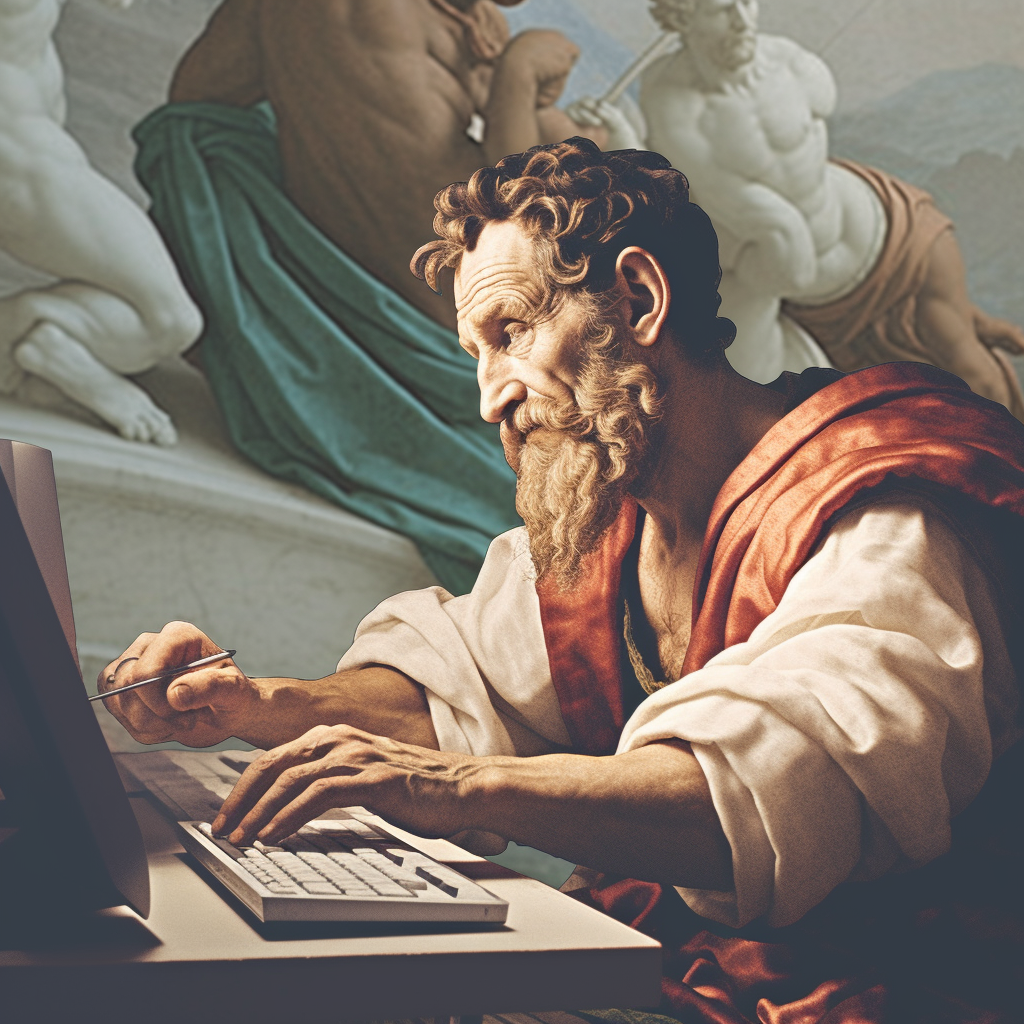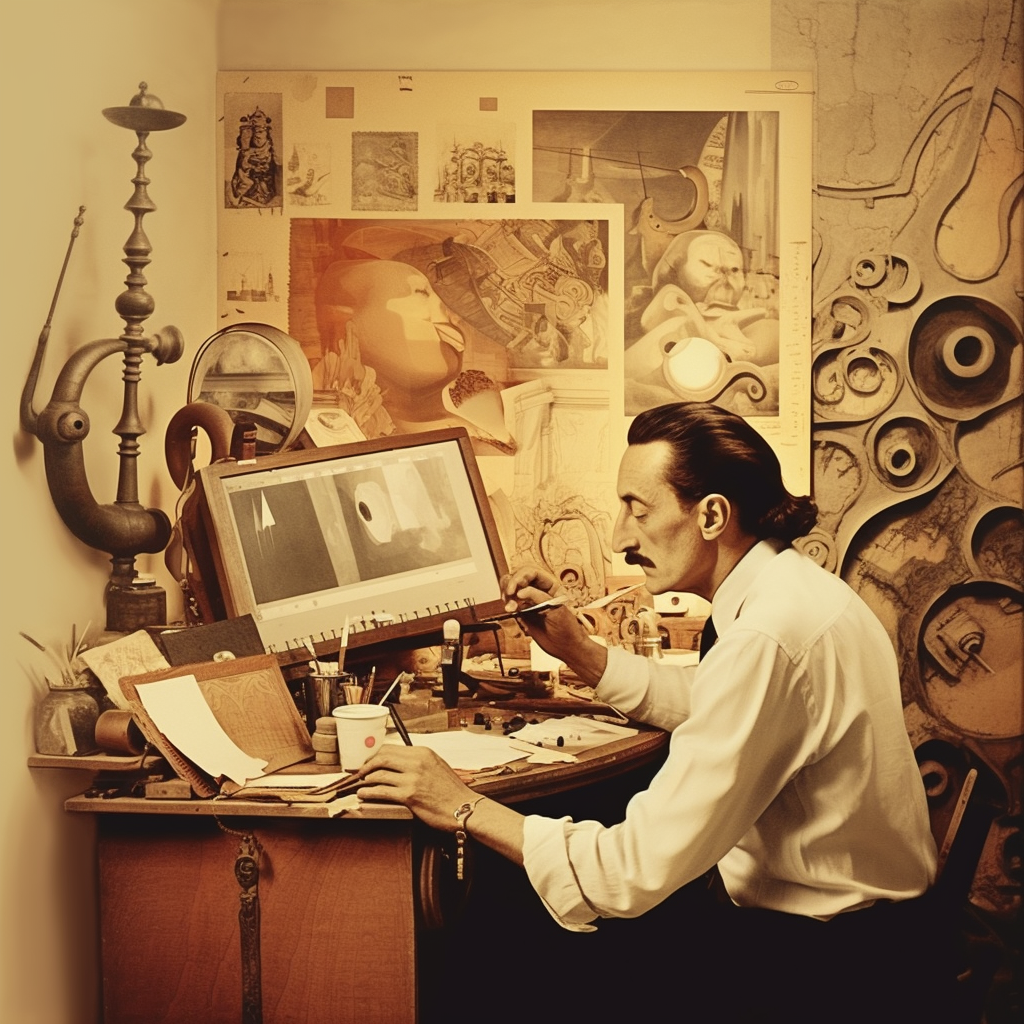How to Build a High-Conversion Web Design for Your Creative Brand
By Aidin Shad Web Designer, Art Director, and Digital Strategist
Your website isn’t just a digital brochureit’s your brand’s most powerful salesperson.
For creative entrepreneurs, designers, artists, and business owners, a high-conversion web design
can turn visitors into loyal customers and fans. In this guide, we’ll explore
how to design, structure, and optimize your website so it doesn’t just look goodit performs.
1. Understanding What “High-Conversion” Really Means
Conversion doesn’t just mean a sale. It’s any action you want users to take: subscribing to a newsletter,
booking a consultation, or buying your art. A high-conversion web design aligns every design decision
with user psychology and your business goals. Every color, word, and click matters.
- Micro conversions: Newsletter sign-ups, clicks on CTAs, adding items to a cart.
- Macro conversions: Completing a purchase, booking a call, or filling out a form.
To increase conversions, your site must blend aesthetics with functionalitywhat we call design that sells.
2. Start With a Clear Brand Message
The first few seconds on your site determine if someone stays or leaves.
That’s why your message needs to be instantly clear.
As a creative brand, clarity is your superpower.
Answer these questions on your homepage above the fold:
- Who are you?
- What do you offer?
- Why should they trust you?
- What’s the next step (CTA)?
Example: “I help brands build emotional digital experiences through art, design, and technology.”
3. Design With the User Journey in Mind
Every page should guide your visitor toward a clear goal.
A high-conversion design uses a story-like flow that anticipates what users need next.
Three key stages of user flow:
- Awareness: They discover your brand.your visuals must capture attention instantly.
- Consideration: They explore your story, portfolio, or product benefits.
- Decision: They act.purchase, subscribe, or book a session.
Use design elements like scroll-triggered storytelling,
clear visual hierarchy, and persuasive microcopy to move users through these stages.
4. Build Emotion Through Visual Design
As a designer and artist, you already know emotion drives decisions.
Your color palette, typography, and imagery should tell a consistent story about your brand personality.
- Warm tones evoke trust, passion, and creativity.
- Minimal layouts communicate elegance and focus.
- Dynamic visuals show confidence and energy.
Combine these with white space, contrast, and consistent branding elements
(like your logo, favicon, and custom cursor) to make your site memorable.
5. Use Smart Layouts for Maximum Impact
Your layout should follow the F-pattern or Z-pattern,
which aligns with how humans naturally scan pages.
Place your most important content,headlines, images, CTAs,in these visual paths.
A well-structured layout keeps users engaged without overwhelming them.
Pro tip: Break long pages into visual sections with different backgrounds
(light/dark contrast) and add scroll-triggered animations for depth.
6. Optimize for Mobile and Speed
Over 70% of your visitors are likely on mobile. A slow, unresponsive site kills conversions instantly.
Use responsive design and lightweight code. Compress images, use a CDN, and leverage caching plugins
like WP Rocket or LiteSpeed Cache.
Test your performance using tools like Google PageSpeed Insights.
Aim for scores above 90 on both mobile and desktop.
7. Copywriting That Converts
Your design can attract attention, but your words close the deal.
Use clear, emotional copywriting that speaks directly to your audience.
- Use active language: “Get started” instead of “Submit”.
- Address pain points: “Tired of websites that don’t convert?”
- Highlight benefits: “Get more clients, not just more clicks.”
- Add social proof: “Trusted by 50+ creative brands.”
Integrate storytelling in every paragraph,people remember stories, not features.
8. CTA (Call-to-Action) Placement Strategy
Your CTA buttons are the heartbeat of your website.
They must be visible, action-oriented, and emotionally persuasive.
Best practices for CTAs:
- Use contrast colors that stand out against your background.
- Place CTAs after every major section or value proposition.
- Use specific verbs: “Book a Free Consultation,” “Start Designing,” or “Join the Workshop.”
- Repeat key CTAs in both header and footer for better accessibility.
Remember, one primary CTA per page is enough,clarity beats clutter.
9. SEO and Technical Optimization
Even the most beautiful website fails if no one finds it.
SEO ensures your brand gets discovered by the right audience at the right time.
- Use proper
<h1>to<h3>heading structure. - Include your focus keyword (High-Conversion Web Design) in your title, intro, and subheadings.
- Write a unique meta title and description for every page.
- Optimize images with descriptive filenames and alt text (e.g.,
creative-web-design-by-aidin-shad.jpg). - Add internal links to related services or blog posts.
For advanced users, integrate Schema Markup to improve search visibility and rich snippets.
10. Use Analytics and Behavior Tracking
What gets measured gets improved. Use Google Analytics,
Hotjar, or Microsoft Clarity to track user interactions, scroll depth, and conversions.
- Monitor which sections get the most engagement.
- Test different headlines, CTAs, and colors (A/B testing).
- Adjust your strategy based on real behavior data.
Over time, these insights help you fine-tune your design and messaging for better ROI.
11. Integrate AI and Automation
As someone working with AI tools daily, I can tell you this.automation can elevate your web performance.
Use chatbots for lead generation, dynamic personalization for visitors,
and AI content systems (like ChatGPT) for ongoing blog updates.
For example, use AI to:
- Generate custom product recommendations based on user behavior.
- Respond instantly to visitor queries.
- Auto-optimize content headlines using search trend data.
These tools reduce friction and improve conversions by making your website feel “alive.”
12. Showcase Testimonials and Case Studies
People trust people. Use real testimonials, client logos, and transformation stories.
Instead of saying “We deliver results,” show them.
Example: “After redesigning their e-commerce store, sales increased by 42% in 60 days.”
Add client names, photos, and industries for authenticity.
Visual testimonials and video feedback increase credibility even more.
13. Continuous Improvement = Continuous Growth
A high-conversion website isn’t a one-time project.it’s an evolving system.
Update your visuals, content, and tech regularly.
Trends, algorithms, and user expectations change.your brand must adapt.
- Audit your site every 3 months.
- Refresh your hero visuals and copy every 6 months.
- Check for broken links and outdated offers monthly.
Remember: growth is built through iteration, not perfection.
Final Thoughts
A high-conversion web design isn’t just pixels and buttons.it’s psychology, strategy, and experience combined.
When done right, your website becomes more than a portfolio.it becomes a business engine.
As creative entrepreneurs, we have one mission: turn art and ideas into impact.
With clarity, smart design, and emotional storytelling, you can build a digital presence that converts beautifully.
💡 Want help crafting a high-conversion website for your creative brand?
Start a Project with Aidin Shad


